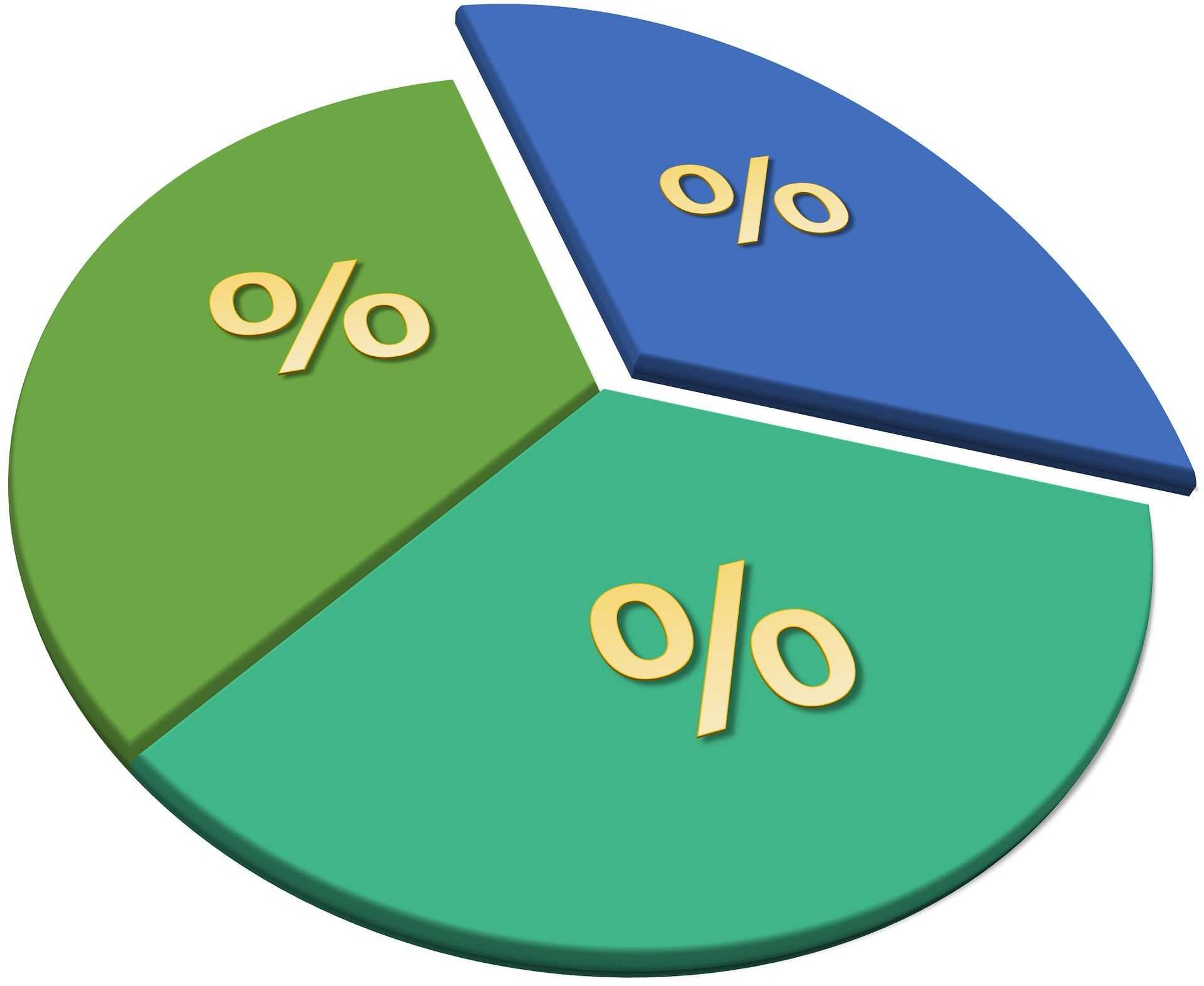
In recent years, market research indicates that the real estate sector has been booming.If you look at the median prices of properties year-on-year, you will notice that there has been an increase of 2% - 4% across all real estate sectors; commercial and residential.
It is easy to see why real estate prices are increasing. The historically low interest rate set by the Feds is turning many investors away from saving accounts. Currently, the average yield of stocks is 2% to 3% while the 10-year Treasury note yields just 1% to 3% on average. By comparison, real estate can give a yield between 4% - 8% with a smart property investment.
This raises an important question. How much of your total savings should be invested in real estate? That is what we will consider in this article.
Traditional View
Historically, the stock market and long term treasury bonds have performed quite well. In the past forty years, the average growth in the stock market has been around 6% - 10%. Interest rates were also quite high in the past and remained in double digits for quite some time.
Meanwhile, in the US, the real estate market was quite slow for various reasons. US population didn’t grow as rapidly as it is today. The demand for residential and commercial properties was low as people were content to live in townhomes and communal properties. The US government didn’t have dedicated programs to help the public get easy access to credit for purchasing homes.
Under those circumstances, traditionalists advised to maintain 13% - 26% of total savings in real estate investments. Real estate was seen as a more stable investment that helped provide a roof over your head in case of a recession. But the rate of return wasn’t high in this sector.
The New Economy
Today, real estate is seen as one of the best investment in a portfolio. When held for a long period of time, It is a low-risk, high-return investment. Real estate also hedges well against inflation.
However, real estate investment requires a more active approach than buying and selling stock or putting money into a savings account. Investors with the funds, time and expertise to deal with tenants and property maintenance will find it worthwhile to invest as much as 50% of their savings into real estate.
Another benefit of real estate investment is that it gives you an excellent retirement option. A 20-something who buys a rental property with a 30-year mortgage can set up a nice retirement income stream with the property when they hit 50.
A Full Real Estate Portfolio
There are downsides to real estate investment as well. First, it has a relatively high entry cost. You can invest in stock with as low as $50. But you will need at least $5,000 - $20,000 to put down as down payment for real estate investment.
Another disadvantage is that real estate is a fixed asset and cannot be sold off quickly to recover liquidity. If you invest 100% of your savings into real estate and suddenly need the money for an emergency, you can’t sell the property immediately. Getting a mortgage on the property also takes time.
Bottom Line
So what is the ideal percentage of real estate in your portfolio? It really depends on your retirement goals, risk affinity and available funds. Depending on your goals and market factors, an ideal percentage is between 30% and 60%.
For more help, please get in touch with our support team Email us.



